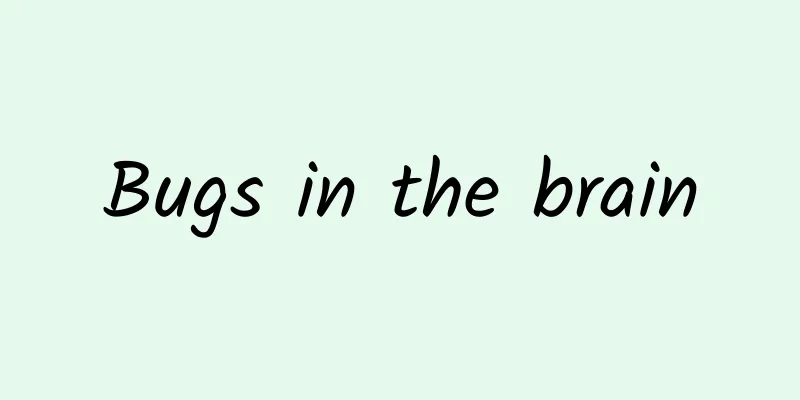Bugs in the brain

|
One thing that many people find unbelievable is that worms can grow inside the brain. In fact, the situation of worms growing in the brain is not uncommon, but people don’t know much about it. The scientific name for worms growing in the brain is neurocysticercosis. Patients with severe neurocysticercosis may also develop secondary epilepsy, so they need to be vigilant. Below we will give you a detailed introduction to the relevant content of brain cysticercosis. Cerebral cysticercosis is a disease caused by the larvae (cysticercosis or cysticercosis) of the pork crimson worm parasitizing the brain. It is the most common disease of the central nervous system. This disease accounts for more than 80% of cysticercosis. It is caused by oral ingestion of pork crimson worm eggs, which develop into cysticercus, penetrate the intestinal wall through the digestive tract and enter the mesenteric veins, and then reach the meninges, brain parenchyma and cerebral ventricles through the systemic circulation. The cysticercus compresses and destroys the surrounding brain tissue, causes brain tissue allergy and inflammation as a foreign protein, and blocks the cerebrospinal fluid circulation pathway, causing increased intracranial pressure and other diseases. Cerebral cysticercosis is more common in Northeast and North my country, followed by Northwest China and Yunnan Province, and is rare south of the Yangtze River. 80% of patients with neurocysticercosis have a history of eating rice, pork or food contaminated by segments of the fleshy worm. "Rice pork" refers to diseased pork containing pork red cysticercosis. If people eat uncooked rice and pork, the larvae of cysticercosis will flow through the cerebral blood vessels with the blood, colonize in the brain, and continue to grow and develop, and there is a possibility of developing brain cysticercosis. What are the ways of infection of brain cysticercosis? Intrinsic autoinfection In patients with red worms, vomiting or intestinal reverse peristalsis causes the gravid segments of the red worm to flow back into the stomach. The eggs hatch in the duodenum and release the hexapod larvae, which penetrate the intestinal wall and enter the mesenteric veins and lymphatic circulation and are transported throughout the body and brain, where they develop into cysticercosis. External autoinfection The disease is transmitted through the hands contaminating food and through the mouth. If the patient's hands are infected with red worm eggs, the disease is transmitted through the hands contaminating food and through the mouth. External infection The patient himself is not parasitic on the red worm, but is infected after ingesting vegetables or fruits with worm eggs.
What are the clinical manifestations of brain cysticercosis? 1. Epileptic type (cerebral parenchymal or cortical) 2. Increased intracranial pressure 3. Meningoencephalitis 4. Simple type |
<<: Buzzing head treatment experience
>>: Shaking head and having headache
Recommend
Symptoms of enlarged nasal glands
The nose is located in the middle of the human ch...
Introduction to Chinese patent medicine for nourishing spleen and stomach
Due to the lack of awareness among many people in...
What causes nipple discharge?
Some people do not take good measures to protect ...
Can pregnant women eat marshmallows?
Cotton candy is a very common snack in our daily ...
Caressing this place will make a woman moist and smooth for life
Dry skin, cracks, wrinkles, spots and pigmentatio...
What happens if eczema is severe?
Eczema is a common skin disease. For those whose ...
What is the cause of glans fissure
The glans is a male characteristic unique to men....
Traditional Chinese medicine formula for clearing lungs and reducing phlegm
Clearing the lungs, relieving cough and resolving...
Diagnosis and treatment methods for hepatitis C negative conversion
As we all know, the liver is the most important d...
What to do if only the root of the tooth is left after tooth decay
Tooth decay is a disease that people often encoun...
Traditional Chinese medicine teaches you to observe 7 types of tongue patterns to know your health privacy!
Tongue diagnosis is an important part of TCM'...
What are the symptoms of spleen damage?
The spleen is one of the important organs in the ...
What to do if your child has urinary incontinence?
Children's metabolism is very fast, and often ...
Causes of night sweats
Medicine calls sweating while awake "spontan...
What causes menstruation to come one week early?
Due to the increasing pressure of life and work, ...









